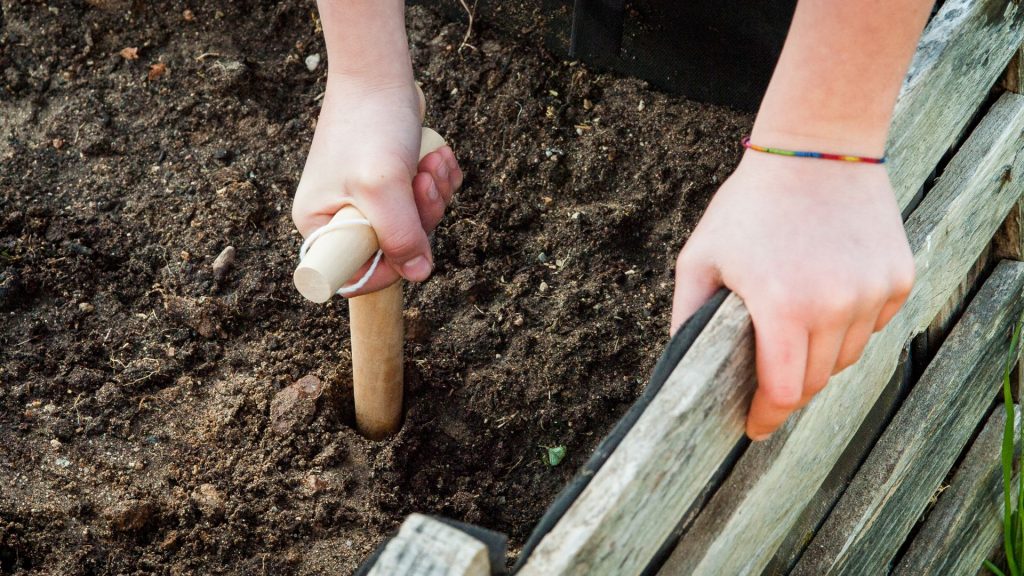School Gardens Cultivating Little Learners
School gardens offer a hands-on learning experience with STEM, while teaching children how to grow their own food.

Hands-on learning offers children the benefits of exploration and first-hand knowledge of a subject. That is just what Rapides Academy for Advancement Academics is offering in Louisiana. They have successfully taught students how to tend school gardens, and are proving the value of guiding children as they grow their own food.
School vegetable gardens have become a popular teaching tool. Teachers can utilize the experiences outside to cultivate more learning in the classroom while affording students an exciting experience. The Food Bank of Central Louisiana has sponsored The Good Food Project which funds these initiatives. This program partners with districts to form school gardens and teach children about planting, harvesting, and eating right. Thanks to The Good Food Project, students at Rapides Academy are enjoying the fruits of their labors.
These students aren’t just learning farming skills, they are being encouraged to examine their efforts in other classes. One English teacher assigned a journaling project on the garden. For health class, the children are learning about nutrition and the importance of proper eating habits. The principles of Science, Technology, Engineering, and Math (STEM) are all elements of school gardens and so teachers are happy to share the benefits.
In addition, Action for Healthy Kids also notes the social and emotional health benefits of school gardens. They note that students gain a greater sense of confidence learning that they can successfully grow food for themselves. They learn the necessity for patience and trial-and-error, while also realizing how much they can do when they put in the work and help something grow.
School gardens teach responsibility and problem solving skills that can be used in other aspects of life. Action for Healthy Kids suggests that teachers involve as many students as possible and engage children from start to finish. Encouraging summer volunteer groups to continue maintaining the plants during breaks is another community-building idea which keeps students focused on learning through a fun activity that teaches them many skills.
Another aspect of school gardens that is sometimes overlooked is how they can help include students with disabilities and offer children with behavior issues alternative learning opportunities which encourage movement and exercise. For years now private institutions like the Waldorf Schools have placed an emphasis on these forms of learning. Getting children away from screens and out into nature has the power to improve listening skills and interpersonal communications. Whereas some public schools are seeking to add more virtual lessons — despite numerous reports of the damaging effects of isolation — others are looking to balance modern technological advancements in the classroom with age-old techniques that teach students self-reliance and group work on a more basic level.

As school vegetable gardens continue to thrive and teach valuable lessons, more districts are seeking to implement outdoor growing time. Whether the United States Department of Education has any plans to offer funding for school gardens and expand on these helpful resources is unclear. Despite that, plenty of schools — even public schools now — are starting vegetable gardens and reaping the benefits of imparting such useful knowledge on to children.







